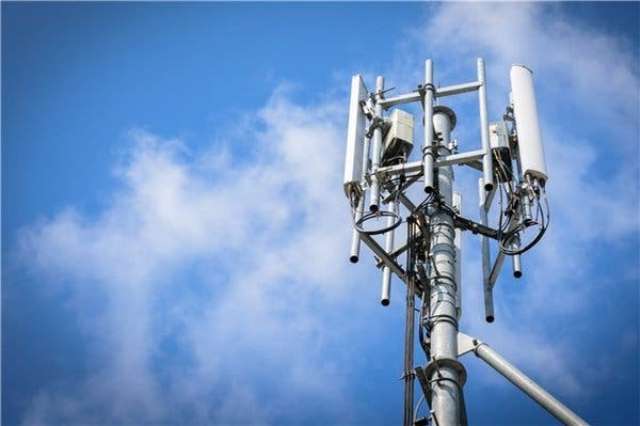Cumulative investments in the RAN market over 2019-2024 period are expected to surpass $200 billion.

The main growth drivers include: a rapid shift toward 5G NR for mobile broadband (MBB) applications; new Capex to address IoT, fixed wireless access (FWA), in-building, and public safety opportunities; the shift from passive to advanced antenna systems, which will shift Capex from the antenna to the RAN market.
Open RAN will be approaching a double-digit share of the overall RAN Capex by the outer part of the forecast period. Total 5G NR RAN revenues for the 2019–2024 period have been revised upward while the equivalent LTE Capex has been adjusted downward, according to Stefan Pongratz, vice president, and analyst at Dell’Oro Group.
5G NR will be deployed at a faster pace than LTE and surpass LTE in 2021 assuming that
# 5G NR mid-band business case for MBB applications remains compelling
# 5G mid-band spectrum will be available sooner than LTE spectrum was made available in the 3G to 4G transition
# new dynamic spectrum sharing technologies will simplify and accelerate the migration from LTE to 5G NR
# initially 5G will be just another G, but long-term it will be more than another G, even if it takes time to reach the full potential of 5G
# complete 5G systems to address new use cases will be deployed gradually, at a slower pace than Sub 6 GHz MBB 5G NR
The Millimeter Wave outlook has been revised upward driven by improved momentum in the Asia Pacific region.
The pickup in mid-band deployments has propelled the demand for Massive MIMO. 5G NR Massive MIMO is projected to comprise more than half of the cumulative 5G NR Capex.
The underlying assumptions driving the regional projections remain fairly unchanged, with the APAC region being the main near-term growth vehicle.
Global macro base station (BTS) shipments are projected to remain elevated between 2020 and 2022. This positive momentum will eventually slow, resulting in some softness in the outer part of the forecast period.
Unlicensed WiFi systems will coexist with cellular technologies. Mobile operators will need to accelerate indoor deployments rapidly for upper mid-band deployments, while the sub 6 GHz micro adoption phase will be more gradual.
Fixed Wireless Access (FWA) Radio Access Network (RAN) investments, including mobile network and dedicated fixed networks, are projected to comprise a growing share of the overall RAN Capex envelope over the next five years.





